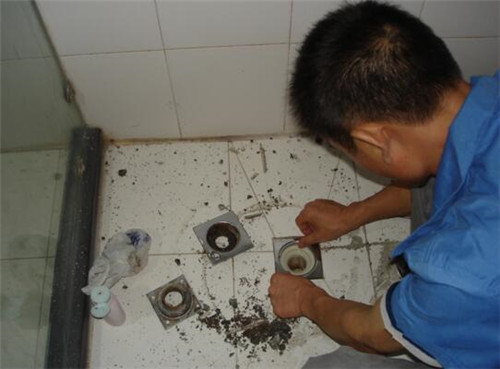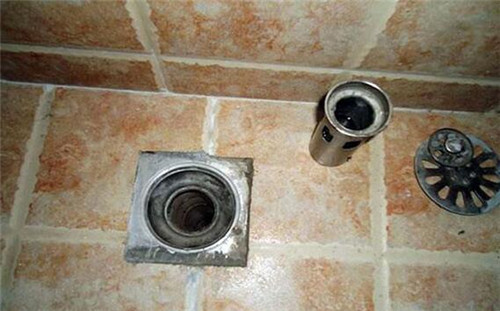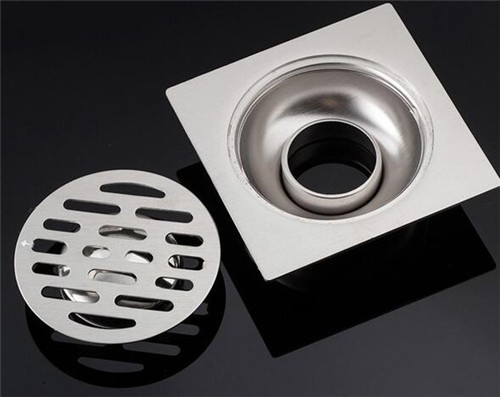
Home / Blog Center / Chargers / How to Decide: Silicone Sealant or Cement for Your Shower Drain?
How to Decide: Silicone Sealant or Cement for Your Shower Drain?
12/03/2025 | Hawkrown
As one of the crucial components in the drainage system of bathrooms and balconies, the quality of floor drains directly affects their performance. If there are issues with the floor drain, it can lead to backflow and negatively impact indoor air quality, which is especially important for controlling odors in bathrooms. So, is it better to use silicone sealant or cement when replacing a floor drain? Let's take a closer look at the relevant information.
Silicone Sealant or Cement for Replacing Floor Drains
Both silicone sealant and cement can be used to replace floor drains, but each has its drawbacks. While both serve to fix the floor drain in place, their waterproofing capabilities are relatively poor, and over time, they can age and lead to leaks. It is recommended to use waterproof cement, as it offers better breathability, waterproofing, crack resistance, corrosion resistance, and good adhesion. Moreover, tiles can be directly applied after the cement is cured, eliminating the need for secondary construction.

How to Replace a Floor Drain
First, prepare a floor drain that matches the specifications of the drain pipe.
Use a flathead screwdriver to pry open the cement around the old floor drain, gradually separating it from the tiles and removing the old drain. Next, clear away any cement, sand, and other debris around the pipe opening, and clean the pipe with a towel, being careful to avoid letting any fragments fall into the drain pipe during the cleaning process.

Now, you can install the new floor drain. Take an appropriate amount of waterproof cement and mix it evenly. Apply the waterproof cement to the grooves of the pipe and around the new floor drain. After letting it sit for 2 minutes, place the drain into the pipe, ensuring it is level. Then, put the wet filter shaft on the base of the drain and gently rotate it to ensure that the silicone around the shaft properly bonds with the base. Finally, place the filter screen, and the new floor drain replacement is complete.

After the installation of the new floor drain, it is advisable to regularly clean the drain to ensure smooth use in the future.

Conclusion:We have introduced relevant knowledge about replacing floor drains here, and we hope it is helpful to you. For more related information, please continue to follow our website for more exciting content.


